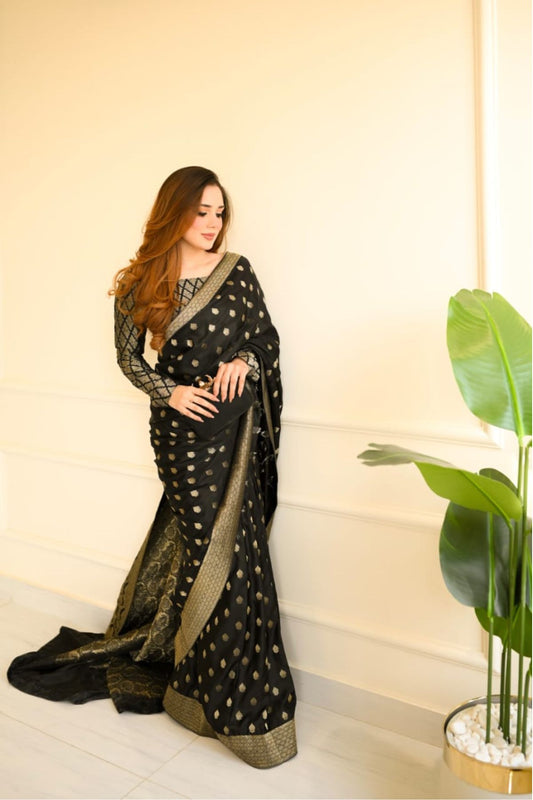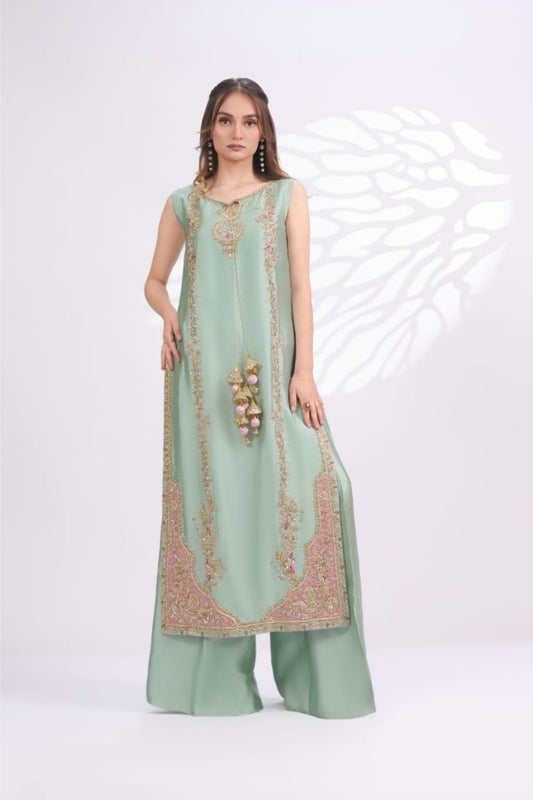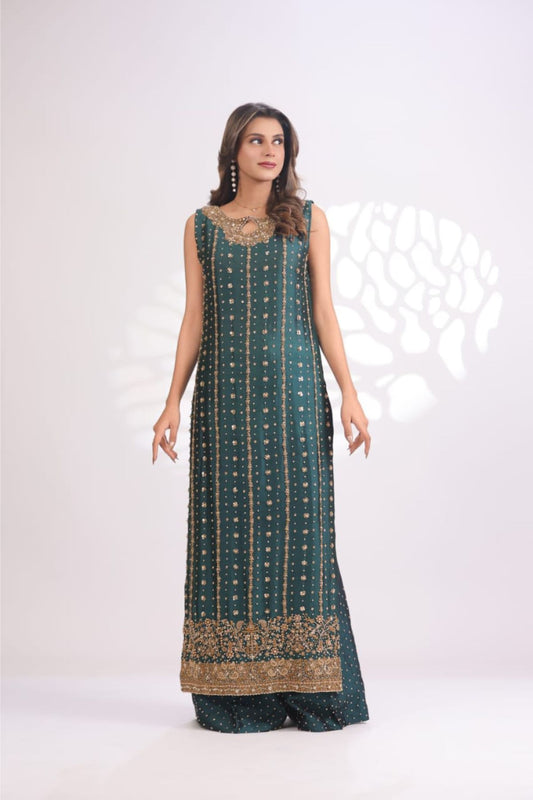How to Discover and Define Your Personal Style in 5 Simple Steps
Personal style is more than just the clothes you wear; it's an expression of who you are. It's a blend of your personality and preferences. Cultivating a personal style that aligns with your identity can significantly boost your confidence and make a lasting impression. Whether you're stepping into a new role at work or meeting new people.
Discovering your personal style is about understanding what makes you feel confident and authentic. While trends come and go, personal style is lasting and evolves with you. Embracing your unique style involves a combination of learning from past choices and being open to new possibilities.
Why Personal Style Matters

Understanding and developing your personal style is crucial because it affects various aspects of your life. Your style can convey confidence, professionalism, and individuality. When you wear clothes whether party wear or casual, that reflect who you are, you naturally exude self-assurance, making interactions smoother and more impactful.
Furthermore, a well-defined personal style saves time and reduces stress. Knowing what suits you simplifies shopping and reduces the chances of impulse buying and accumulating a wardrobe filled with unworn items. A curated closet filled with pieces you love ensures you always have something to wear.
Lastly, your personal style reflects your values and lifestyle. It tells a visual story aligned with your interests and goals, enhancing your self-image and sense of identity.
Step 1: Reflect on Your Inspirations
Inspiration can come from various sources such as fashion icons, historical eras, art, or even travel experiences. Consider creating a mood board or a Pinterest board to visualize these inspirations. Whether it's the intricate embroidery of a designer saree or the vibrant palettes found in street art, look for patterns in colors, textures, and styles that consistently draw your attention.
You can also analyze your favorite outfits. What is it about these clothes that make you feel good? Is it the fit, the fabric, or the color? Understanding these elements can provide valuable insights into your preferences. Additionally, think about compliments you've received on certain outfits. Positive feedback often highlights aspects of your style that resonate with others. Keep an open mind, and don't hesitate to explore new sources of inspiration as your tastes develop.
Step 2: Assess Your Current Wardrobe
Start by sorting your clothes into categories: items you love, items you occasionally wear like fancy dresses, and items you never reach for.
Examine the clothes you love and wear frequently. Note their common characteristics, such as fabric, color, and silhouette. These items are likely already aligned with your personal style. Now consider why certain pieces remain unworn. Is it because they don't fit well, or perhaps the color doesn't suit you? Understanding these reasons will help you avoid similar purchases in the future.
It's important to let go of items that no longer serve your style or fit your body. Donate or sell these pieces to create space for new additions that truly reflect your evolving style.
Step 3: Identify Your Body Type and Fit
Each body is unique, and recognizing your shape helps you choose clothing that flatters and fits comfortably. Familiarize yourself with different body types and identify yours.
Once you've identified your body type, research styles and cuts that enhance your features. For instance, if you have an hourglass figure, you might prefer fitted clothes that accentuate your waist. If you're more of a rectangle, you might opt for clothing that adds curves and dimension.
Try on different styles and pay attention to how they make you feel. Prioritize comfort and confidence over trends. Remember, the goal is to feel good in what you're wearing, and a well-fitted outfit can make all the difference in how you present yourself.
Step 4: Experiment with Different Looks
Experiment with different styles by trying new clothes and stepping out of your comfort zone. Visit stores and try on pieces you wouldn’t normally choose to see how they make you feel you might discover a new favorite.
Mix and match different pieces from your wardrobe to create fresh outfits. Consider incorporating accessories like scarves, hats, or shop fine jewelry to add flair and personality. Don't be afraid to play with colors and patterns, as these can significantly impact your overall look.
Keep track of outfits you enjoy and feel confident in by taking photos or jotting notes in a style journal. This will help you identify patterns and refine your personal style as you learn what works best for you.
Step 5: Curate Your Signature Style
Start by revisiting your inspirations and the outfits you've enjoyed wearing. Identify key elements that consistently appear and focus on incorporating them into your daily wardrobe.

Consider creating a capsule wardrobe – a collection of versatile, timeless pieces that can be easily mixed and matched. This approach not only simplifies dressing but also ensures each item aligns with your personal style. Invest in quality pieces that stand the test of time, as these will become the foundation of your signature look.
Stay open to new influences and continue refining your wardrobe to reflect who you are today, allowing your style to evolve with you.
Tips for Maintaining Your Personal Style
Schedule periodic wardrobe reviews to ensure your clothes continue to align with your evolving style. As your life changes, your style should adapt to new circumstances, whether it's a career shift or a change in lifestyle.
Stay informed about fashion trends, but don't feel pressured to follow them blindly. Instead, incorporate elements that resonate with your personal style. This approach keeps your wardrobe fresh while maintaining its core essence.
Nurture your creativity by seeking inspiration beyond fashion magazines. Explore art, nature, and cultures to find new ideas that resonate with you. This continuous exploration will enrich your personal style and keep it dynamic and authentic.
Common Mistakes to Avoid
One mistake is succumbing to trends that don't suit your personal style. It's crucial to stay true to yourself and only adopt trends that genuinely resonate with you.
Another mistake is neglecting the importance of fit. No matter how beautiful a piece is, if it doesn't fit well, it won't do justice to your style. Always prioritize comfort and proper fit over aesthetics.
Finally, avoid overcomplicating your wardrobe. A cluttered closet filled with uncoordinated pieces can lead to frustration and decision fatigue. Focus on quality over quantity, and build a wardrobe that reflects your unique personality and lifestyle. Simplifying your wardrobe will lead to a more cohesive and satisfying style experience.
Conclusion
Embracing your unique style is an empowering journey that celebrates your individuality. With each step, you gain confidence and clarity in how you present yourself to the world.
Let your style evolve with you and trust in your taste to make choices that bring you joy and confidence.
Consider sharing your experiences with others joining communities or starting a blog to inspire and connect with like-minded individuals as you continue your style journey.






